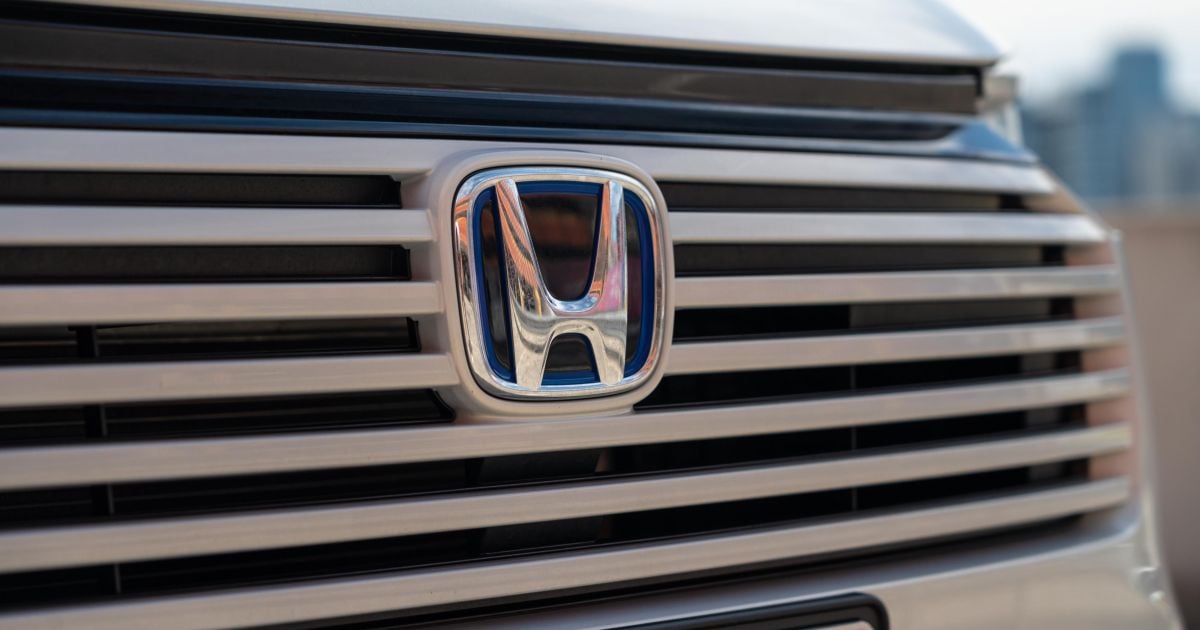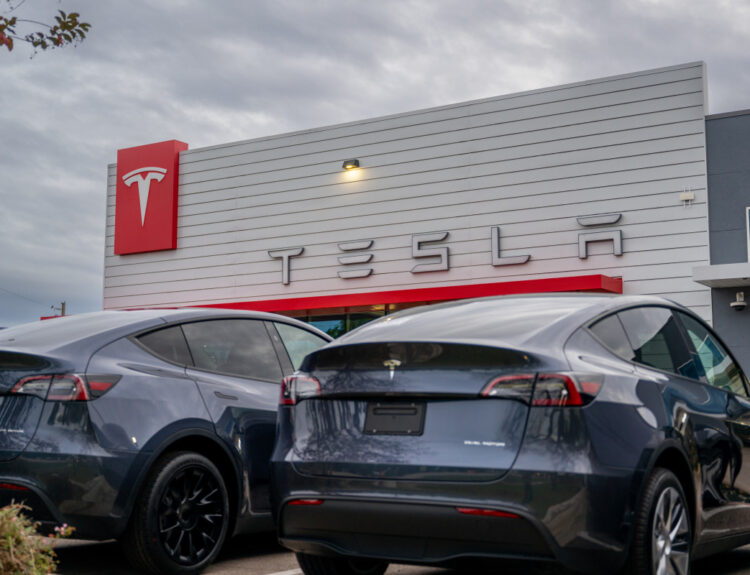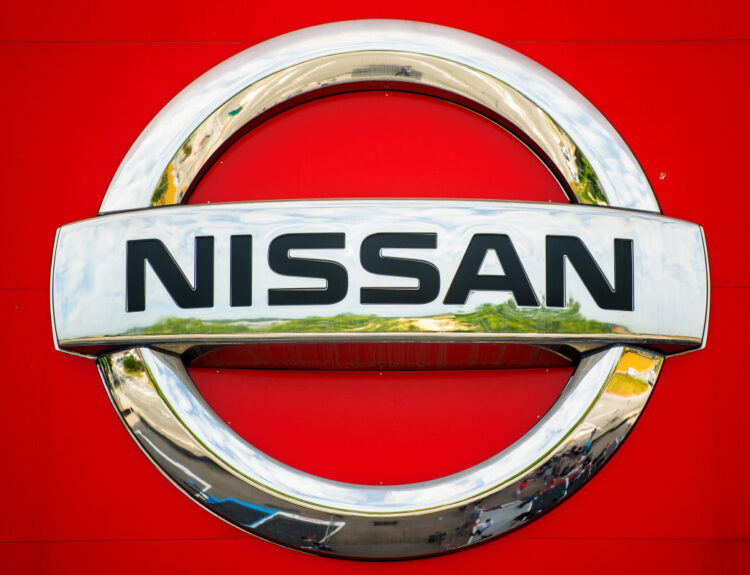Honda Enters Talks to Merge with Nissan: A Lifeline or a Liability?
In a bold move that could reshape the landscape of the automotive industry, Honda and Nissan announced plans for a merger aimed at securing the latter’s future by mid-2026. This merger comes at a critical juncture for Nissan, which faces considerable financial challenges.
However, Honda’s CEO, Toshihiro Mibe, faced scrutiny on the rationale behind this partnership during a recent press conference. When questioned about Nissan’s value as a business ally, Mibe was reportedly taken aback, stating, “That’s a difficult one,” raising concerns about the motivations and strategic benefits of the merger.
According to Business Times, a comprehensive agreement detailing the merger—including share transfers—is expected to be finalized by June 2025. Shareholders from both automotive giants are set to vote on the merger in April 2026. If approved, Honda and Nissan will be delisted from the Tokyo Stock Exchange later in the summer of 2026, replaced by a newly formed holding company.
Mitsubishi, a member of the Renault-Nissan-Mitsubishi Alliance, will announce its position regarding the merger by January 2025. Nissan, currently its largest shareholder, recently reduced its stake from 34 percent, potentially complicating the merger dynamics.
A successful merger would elevate Honda and Nissan to the position of the third-largest automotive company in the world, based on 2023 sales, trailing only Toyota and the Volkswagen Group. Together, they sold a combined total of 7.35 million vehicles that year, with Mitsubishi adding approximately 900,000 more to the mix.
The proposed merger represents a significant shift in Japan’s automotive sector, further dividing it between the Honda-Nissan alliance and Toyota, which has significant minority stakes in Subaru, Suzuki, and Mazda. However, Mibe has emphasized that the merger should not be viewed merely as a lifeline for Nissan; he insists that it is contingent upon Nissan addressing its financial issues to avoid becoming a drain on Honda’s resources.
Nissan’s precarious situation has forced it into "emergency mode," which includes plans to reduce production by 20 percent and layoffs of approximately 9,000 employees. A senior official within the company reportedly disclosed that they have a limited window—12 to 14 months—to stabilize operations.
Speculation about Renault’s involvement also lingers, with sources indicating that the French automaker, seeking to further dilute its stake in Nissan from 36 percent, may be open to selling shares to Honda.
Former Nissan CEO Carlos Ghosn has voiced skepticism regarding the merger, labeling it a “desperate move” with little potential for synergy. He argues that the two companies operate in the same markets and produce similar vehicles, raising doubts about whether meaningful collaboration is feasible.
Ghosn also suggests that Honda may not be entirely on board with the merger, positing that Japan’s Ministry of Economy, Trade, and Industry (METI) is pressuring Honda to proceed amid Nissan’s tumultuous financial landscape. He noted this dynamic as indicative of broader challenges within Japan’s automotive sector, where short-term fixes for Nissan’s troubles must be balanced against Honda’s long-term strategic vision.
As the automotive world watches closely, the looming merger may well determine the future of two storied Japanese brands in an era marked by uncertainty and change.
Source:www.carexpert.com.au






